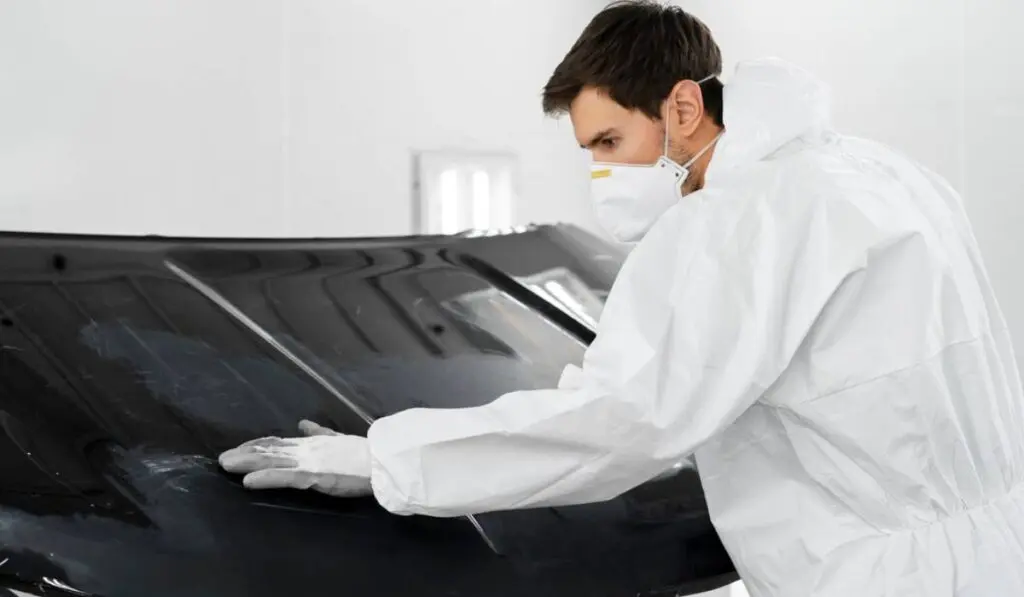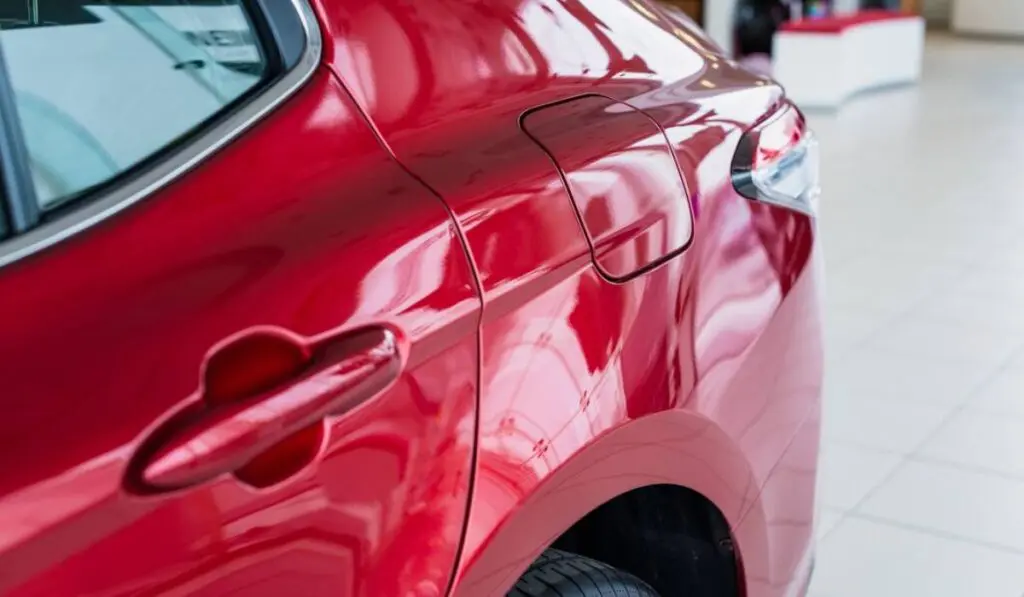The world of automotive detailing is fascinating, filled with various techniques and processes that aim to keep your vehicle looking its best. One such process that often leaves car owners intrigued is paint correction. But what does paint correction do? How does it transform your car’s appearance? This blog post will delve into the world of paint correction, explaining its purpose, benefits, and process.


Understanding Paint Correction
Paint correction refers to the process of restoring and rejuvenating the paintwork of a vehicle, primarily through the elimination of surface imperfections that dull, oxidize or haze the surface by reflecting light off in various directions. These imperfections include swirl marks or fine scratches, bird dropping etching or acid rain etching, hologramming & buffer trails, and random isolated deep scratches (or RIDS).
The main objective of paint correction is to remove these imperfections from your vehicle’s surface, leaving a flawless finish. It involves multiple stages of machine polishing – each stage using different grades of polish to gradually refine the finish and eliminate any defects.
Benefits of Paint Correction
1. Enhanced Appearance
One major benefit of paint correction is an improved aesthetic appeal. The process eliminates minor scratches and blemishes that may have accumulated over time due to exposure to harsh weather conditions or improper cleaning techniques. After a thorough paint correction procedure, your car will look as good as new with a glossy and mirror-like finish.
2. Increased Vehicle Value
If you’re planning on selling your vehicle anytime soon, investing in paint correction can significantly boost its value. Prospective buyers are more likely to pay a higher price for a car that looks well-maintained and visually appealing.
3. Long-Term Paint Protection
Besides improving your car’s appearance, paint correction also offers long-term protection for your vehicle’s exterior. By removing contaminants and defects from the surface layer, it reduces the risk of further damage to the paintwork. This can save you from costly repairs and repainting jobs in the future.
The Paint Correction Process
The process of paint correction is meticulous and requires a high level of expertise. Here’s a basic rundown of what it involves:
1. Cleaning: The first step is to thoroughly clean the vehicle to remove any dirt or contaminants that might interfere with the correction process.
2. Assessing: After cleaning, the vehicle’s paintwork is assessed using a special light that highlights any imperfections.
3. Polishing: The actual correction process begins with polishing. A machine polisher is used to apply compounds that cut into the clear coat to remove imperfections.
4. Refining: After polishing, refining helps to restore gloss and clarity to the paintwork.
5. Sealing: The final step in paint correction is sealing or waxing the surface for protection against future damage.


In conclusion, paint correction does more than just enhance your car’s appearance; it also protects its exterior from future damage and increases its value. It’s an investment that pays off by extending your vehicle’s lifespan and maintaining its aesthetic appeal.
However, it’s important to remember that not all vehicles require paint correction – it largely depends on your car’s current condition and your personal preferences. If you’re unsure whether your car needs this service, consult with a professional detailer who can assess your vehicle and provide expert advice.
Remember, while there are many DIY kits available for paint correction, this process requires skill and precision for optimal results. Therefore, it’s recommended to leave this task in the hands of professionals who have been trained in this art form – ensuring your vehicle gets the best treatment possible while avoiding any potential damage from improper techniques.
